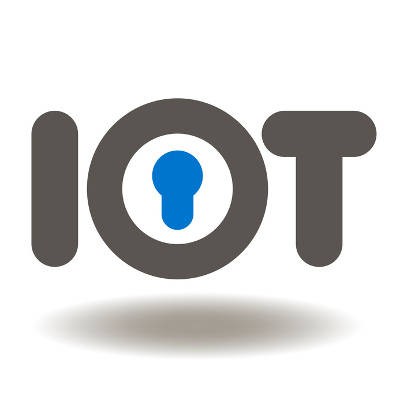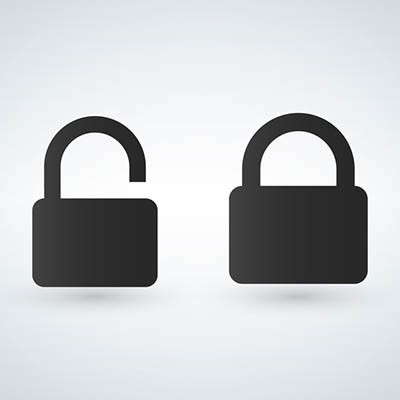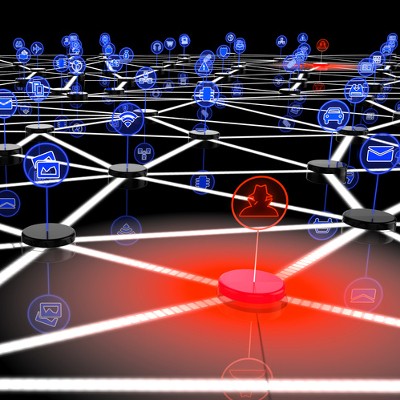Phishing attacks have been in the social consciousness now for a while, and for good reason: it is the predominant way that hackers gain access to secured networks and data. Unfortunately, awareness to an issue doesn’t always result in positive outcomes. In this case, hackers get more aggressive, and by blanketing everyone under a seemingly limitless phishing net, 57 billion phishing emails go out every year. If a fraction of those emails accomplish their intended goal, the hackers on the other end of them really make out.
Washington Works Blog
Now that the holidays have come and gone, you might have a couple of new gadgets in your home or office that connect to the Internet. Depending on what these gadgets are, you might have a serious security issue sitting right in front of you without realizing it. Some devices that don’t normally connect to the Internet--also known as Internet of Things devices (IoT)--aren’t as secure as you’d like them to be, particularly in a business environment.
The funny thing about ransomware is that they give them very strange names: Bad Rabbit sounds like the name of a villainous bunny who gets his comeuppance in some type of modern nursery rhyme, not malware that would ravage hundreds of European businesses. Locky seems like the son of Candado de seguridad, a character Medeco would come up with to educate kids on proper physical security. The latest in a long line of funny-named ransomware, SamSam, isn’t a pet name for your pet ferret you perplexingly named Sam, it is one of the worst ransomware strains ever, and it has caught the attention of U.S. Federal law enforcement.
Every business in operation today needs to have some kind of comprehensive network security. Simply put, there are too many threats that can come in through an Internet connection for them to continue doing otherwise. The past year provides plenty of anecdotal proof of this fact, as a quick glance back can show.
The term “hacker” is possibly one of the best-known technology-related terms there is, thanks to popular culture. Properties like The Girl with the Dragon Tattoo and the Die Hard franchise have given the layman a distinct impression of what a hacker is. Unfortunately, this impression isn’t always accurate. Here, we’ll discuss what real-life hackers are like, and the different varieties there are.
Social media has been an emerging technology in recent years, and has produced many threats. Hackers have learned that they can take advantage of these communication mediums to launch dangerous new attacks on unsuspecting users. With enough ingenuity on a hacker’s part, they can potentially steal the identity of a social media user. Here are some of the best ways that your organization can combat identity theft through social media.
The Internet is rife with potential threats. Some are situational, but most are deliberate actions made by malicious entities who are trying to obtain any semblance of value from you or your company. Some of these exploits have been around longer than you’d imagine possible. This has been made evident by huge Internet-based companies such as PayPal and Facebook testing positive for a 19-year-old vulnerability that once allowed hackers to decrypt encrypted data.
If your business were to be struck by a Distributed Denial of Services (DDoS) attack, would it be able to recover in a timely manner? Do you have measures put into place to keep them from hampering your operations? While most organizations claim to have sufficient protection against these dangerous attacks, over half of them have simply proven to be ineffective against DDoS.
Students generally love it when classes are cancelled for whatever reason, but thanks to a cybercriminal group called TheDarkOverlord Solutions, a school in Flathead Valley, Montana was disrupted for an extended period of time. This downtime resulted in a disruption of operations for over 30 schools, as well as the threat to the personal information of countless teachers, students, and administrators due to a ransomware attack.
Dealing with disasters are a part of doing business. You know how difficult it is to recover from a devastating flood or storm. While businesses tend to suffer from these situations, countless individuals suffer every time a natural disaster hits. Just take a look at the United States in recent weeks. Even though you may want to donate to people suffering from hurricanes, there are illegitimate charities out there that want to make a quick buck off of your generosity.
If fiscal reasons have stopped you from securing your network against ransomware thus far, you may want to reconsider your strategy. Not only are attacks still becoming more and more prevalent, but the developers of ransomware have lowered the price of admission for aspiring cyber criminals. Fortunately, there are some steps you can take to keep your business protected against a ransomware attack.
Computing systems are always vulnerable to some obscure hack or another, and researchers are always trying to find ways to shore them up and prevent future attacks. One previously undiscovered hack literally sounds far-fetched. It uses the sounds that your hard drive makes to help a hacker steal data from your machine, including encryption keys designed to keep your data safe and secure.
Botnets are proving to be a difficult hurdle for security professionals, and it’s easy to understand why. Distributed Denial of Service attacks that can knock down servers or services, as well as hordes of remote-controlled zombie computers, are two of the most dangerous ways that hackers use botnets to serve their purposes. What can you do to protect your business from botnets?
Hackers are always getting their hands into sticky situations, but one of the hot topics in world politics--the 2016 United States presidential election--is one of the nastier ones in recent years. In the past few months alone, hackers have reportedly breached not only the Democratic National Committee, but have also infiltrated at least two state election databases.
One of the biggest hacks of 2016 was the United States National Security Agency, by a hacking group calling themselves the Shadow Brokers. This hack came to light after tools belonging to the NSA were discovered on the black market. How could a data breach of this magnitude happen to one of the most secure IT systems in the world? Newly released evidence may provide the answers.
The ransomware machine keeps moving forward, despite significant opposition. In particular, the ransomware tag-team duo of Petya and Mischa have steamrolled most attempts to block them from accessing critical systems, always finding ways to outsmart security professionals. Now, these ransomwares have adopted a Ransomware as a Service model, which has made significant changes to the way that this ransomware is distributed.
Users of Acer’s online store between May 12th, 2015, and April 28th, 2016, may be in for a rude awakening. Acer may be attempting to contact you to relay that your credit card’s credentials have been lifted by hackers. The breach in question resulted in 34,500 customers having their credentials stolen, including the user’s name, address, credit card number, expiration date, and security code.




















